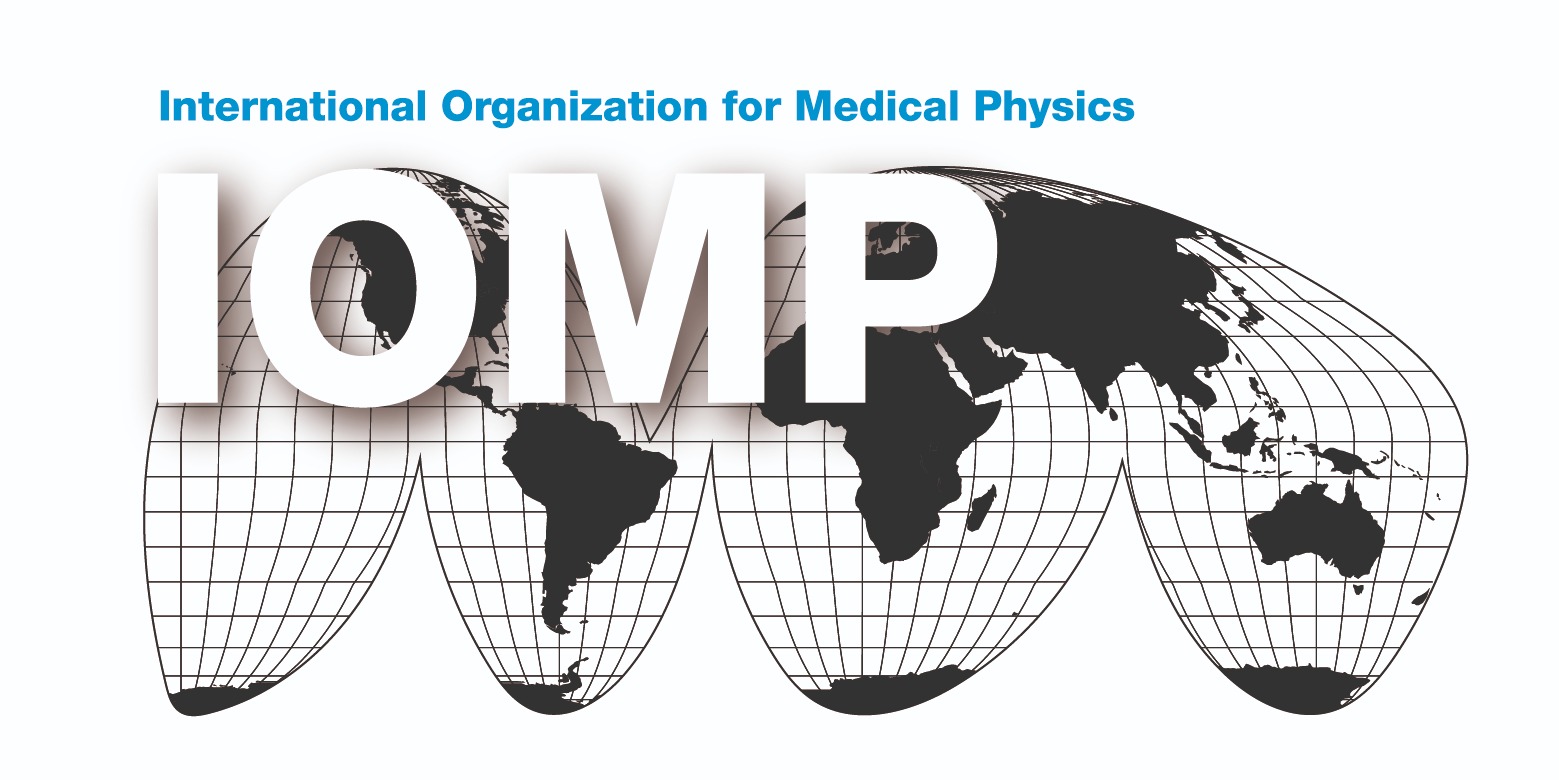
Kwan Hoong Ng, PhD, FIOMP, FIUPESM
Professor Emeritus, Faculty of Medicine, Universiti Malaya, Kuala Lumpur, Malaysia![]()
On a rainy early September morning, I went to a one-of-a-kind scientific laboratory near the Swiss-French border; the massive instruments are 100 metres underground and span over 27 kilometres in circumference. This has been a dream of mine since I enrolled in a high energy physics course during my undergraduate years.
Every year, over 10,000 scientists from over 100 countries visit CERN (Conseil Européen pour la Recherche Nucléaire, or European Council for Nuclear Research) to use its facilities, which include some of the largest and most complex scientific instruments ever developed. CERN, by the way, is the birthplace of the ubiquitous world wide web (WWW).
I went on a 90-minute above-ground guided tour led by one of the volunteer scientists. The first stop was at the world’s first 600-MeV synchrocyclotron that went into operation in 1957. It supplied beams for CERN’s first particle and nuclear physics experiments leading to the discovery of the rare electron decay of the pion particle.
The highlight of the tour was the ATLAS (A Toroidal LHC Apparatus) building, which houses the ATLAS detector and the CMS (Compact Muon Solenoid) detector for the famous accelerator LHC (Large Hadron Collider), the world’s largest and most powerful particle accelerator. Many fundamental particles, including the Higgs-Boson (fondly known as God Particle), were discovered here.
The tour concluded at the Globe of Science and Innovation, a beautiful architectural centre designed to educate visitors about the important research being conducted at CERN.
Following the tour, we spent time at the Microcosm, an interactive exhibition showcasing CERN research and various laboratory instruments. Several large components of old CERN experiments are featured in the outdoor Microcosm garden.
Medical physics benefits from adopting and utilizing some of the advanced radiation detectors, instruments and computational algorithms developed by CERN scientists. Some examples include radiation therapy utilising linear accelerators and particle accelerators (proton and heavy ion) as well as photon counting detectors in imaging.
Visiting CERN is inspiring and piques our curiosity in delving deeper into fundamental questions such as “What is the nature of our universe? What is it made of?”
Useful websites:
https://www.sciencefocus.com/science/cern/














